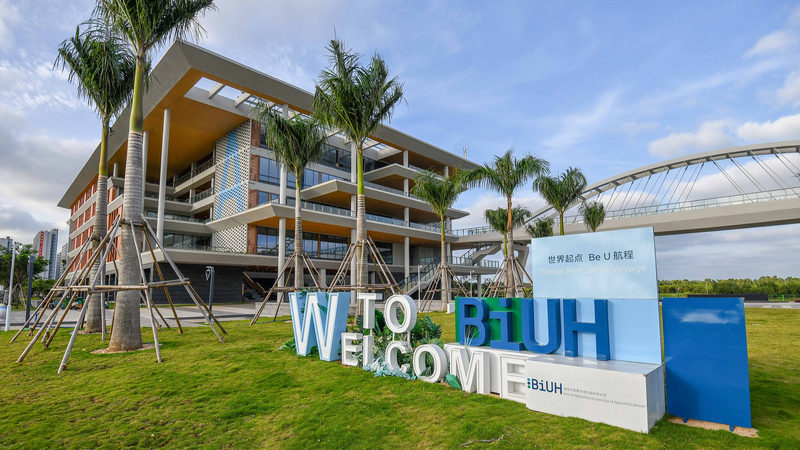China’s Five-Year Plans have shaped the development of the Chinese mainland for more than 70 years, guiding its shift from a largely agrarian society to a global economic powerhouse. As we look ahead to the 15th Five-Year Plan (2026–2030), experts weigh in on how long-term strategy will meet rapid global change.
In the latest episode of The Hub, host Wang Guan sits down with:
- John Gong, professor of Economics at the University of International Business and Economics
- Liu Zhiqin, senior research fellow at the Chongyang Institute for Financial Studies, Renmin University of China
- Bert Hofman, former director for China at the World Bank
Together, they trace the origins and evolution of China’s planning system and explain why it has endured. They also review key achievements of the 14th Five-Year Plan and highlight top priorities for the next cycle.
14th Plan Highlights
- Digital economy grew by over 15% annually
- Renewable energy capacity expanded by 25%
- Domestic consumption rose to 55% of GDP
- Innovation hubs established in 20+ cities
Key Priorities for 2026–2030
- Tech innovation: AI, semiconductors, biotech
- Green growth: carbon neutrality roadmaps, clean energy
- Resilient supply chains and domestic demand
- Inclusive development: support for small businesses
- Deeper global engagement amid uncertainty
Professor Gong emphasizes the integration of digital technologies into traditional industries, while Liu highlights targeted financial tools to back high-potential startups. Hofman underscores the plan’s role in building resilience against global shocks and maintaining stable growth.
As the 15th Five-Year Plan takes shape, the Chinese mainland aims to balance ambition with adaptability—mapping a path toward high-quality development in an increasingly interconnected world.
Reference(s):
cgtn.com




